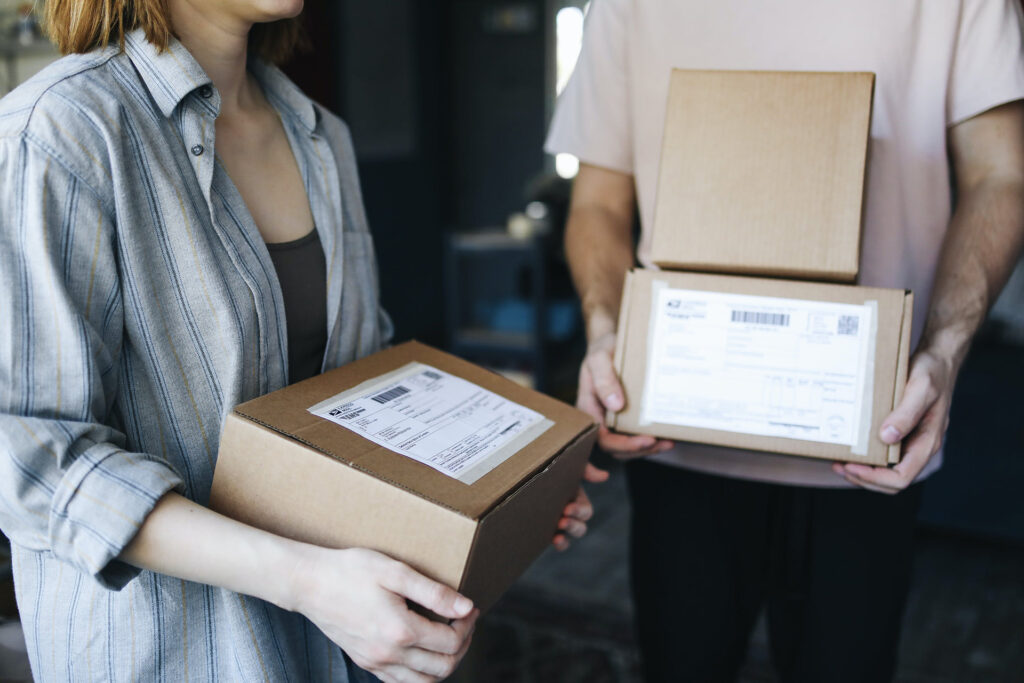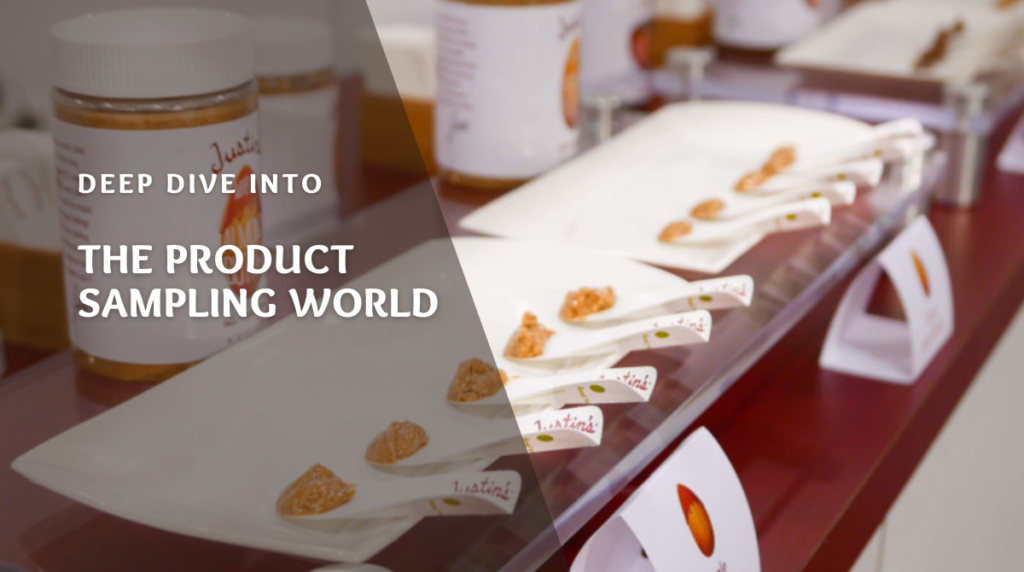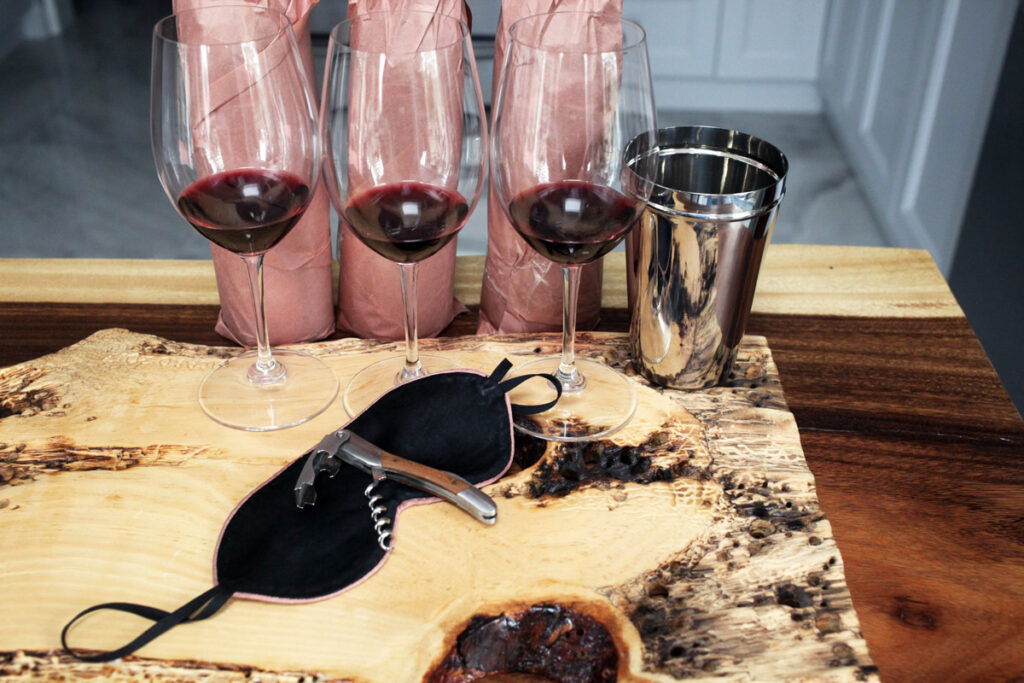Introduction
In the competitive landscape of Consumer Packaged Goods (CPG), the "Comprehensive Guide to Packaging Testing Methods for CPG" serves as an essential resource. This guide delves into the often-overlooked yet critical area of packaging testing. It offers a thorough overview of various testing methods, and their real-world applications, and introduces cost-effective solutions like Consumer Insight Platforms.
The Importance of Packaging Testing
Why It's Non-Negotiable
Packaging is not just a container for your product; it's a part of the product experience. Poor packaging can lead to product damage, customer dissatisfaction, and ultimately, brand erosion. Therefore, packaging testing is not just advisable; it's imperative.
The ROI of Packaging Testing
Effective packaging testing can significantly impact a business's growth, offering a substantial return on investment (ROI) through:
Enhanced Customer Engagement: Well-designed packaging can create memorable experiences, fostering customer loyalty and satisfaction.
New Customer Attraction: Innovative packaging can draw the attention of potential customers, increasing the likelihood of your product being chosen by first-time buyers.
Increased Shelf Visibility: Eye-catching packaging can boost product visibility in retail spaces, directly influencing sales and growth.
In summary, strategic packaging testing not only optimizes design but also plays a crucial role in driving sales and expanding business reach.
Comprehensive Types of Packaging Testing Methods
While there are numerous testing methods designed for vendors and companies to assess the physical durability of packaging, our emphasis in this guide is on user-centric methods that provide insights into consumer preferences and perceptions. Here are the key methods we'll explore:
Sensory Testing
What It Is:
Sensory testing is a method that evaluates packaging based on human senses. It's not just about how the packaging looks, but also how it feels, sounds, and even smells. It's a holistic approach to understanding the user's experience from the moment they see the package to when they open it and interact with the product inside.
The Moment of Unboxing:
One of the most critical moments in a user's experience with a product is the unboxing. How do users feel when opening the box? Is it a moment of excitement, anticipation, or frustration? Sensory testing aims to capture these emotions, ensuring that the unboxing experience aligns with the brand's intentions.
Messaging Through Packaging:
What message does the packaging convey to the user? Is it one of luxury, sustainability, or perhaps playfulness? The design, materials, and even the texture of the packaging can communicate a lot about the product inside and the brand's values.
Conceptual Understanding:
Beyond just the aesthetics, what kind of concept does the user derive from the packaging? Does it tell a story? Does it give them a clear idea of the product's benefits? Sensory testing can help brands ensure that their packaging effectively communicates the product's unique selling points.
Convenience and Functionality:
How easy is it for users to open the packaging? Is it intuitive, or does it require a lot of effort? The convenience of packaging can significantly impact the user's overall perception of the product and brand.
Aligning Intentions with User Experience:
Every company has intentions and expectations about how users should feel and interact with their packaging. Sensory testing ensures that there's alignment between these intentions and the actual user experience. It helps brands identify gaps between what they intend to communicate and what users perceive.
Packaging A/B Testing
What It Is:
Packaging A/B Testing is a method where two different versions of packaging are presented to a group of users to gather feedback and compare their performance. This method allows brands to make data-driven decisions about which design elements resonate most with their target audience.
Comparing Size:
Size matters when it comes to packaging. A/B testing can help determine whether users prefer a compact package that's easy to carry and store or a larger package that might convey a sense of luxury or value. Understanding user preferences in size can also influence storage, shipping, and display considerations.
Analyzing Color Choices:
Color plays a crucial role in capturing attention and conveying brand identity. By comparing two different color schemes, brands can determine which one evokes the desired emotions and associations in users. For instance, does a pastel color convey a sense of eco-friendliness, while a bold color suggests premium quality?
Material Matters:
The choice of material can significantly impact user perceptions. A/B testing can help brands understand whether users prefer sustainable materials like recycled cardboard or premium materials like glossy finishes. The tactile experience, such as the feel of the material, can also influence purchasing decisions.
Assessing Quality:
Quality perceptions can be influenced by various packaging elements, from the sturdiness of the box to the quality of printed graphics. A/B testing allows brands to pinpoint which aspects of the packaging convey a sense of high quality and which might be detracting from it.
Gathering Feedback:
One of the most valuable aspects of A/B testing is the feedback gathered from users. This feedback provides actionable insights, allowing brands to refine their packaging based on real user preferences and perceptions.
Making Informed Decisions:
The ultimate goal of Packaging A/B Testing is to make informed decisions. By understanding which packaging elements resonate most with users, brands can optimize their designs for better market performance and customer satisfaction.
Real-World Applications: How CPG Brands Can Leverage Packaging Testing
Packaging plays a pivotal role in shaping consumer perceptions and influencing purchase decisions. By leveraging Sensory Testing and Packaging A/B Testing, brands can gain invaluable insights into user preferences and optimize their packaging designs.
Sensory Testing in Action:
Product Testing for Beverage Company: A beverage company is launching a new herbal tea blend. They design packaging with soft pastel colors and a delicate floral pattern to evoke feelings of relaxation and tranquility.
How Sensory Testing Helps: Through sensory tests, the company finds out that while the colors resonate with the calming theme, the floral pattern is perceived as outdated. Based on this feedback, they opt for a more modern, minimalist design while retaining the pastel color palette.
Product Testing for Personal Care Company: A brand introducing a new line of organic skincare products and designing packaging with earthy tones and textures to emphasize the natural ingredients.
How Sensory Testing Helps: Sensory tests reveal that while the earthy tones are appreciated, a smoother texture on the packaging conveys a more premium feel, leading the brand to make adjustments.
Product Testing for Food Company: A food brand releasing a new range of gourmet chocolates wants the packaging to exude luxury and indulgence.
How Sensory Testing Helps: Sensory evaluations show that a combination of rich colors and a velvety texture on the packaging enhances the perception of luxury, enticing consumers.
Packaging A/B Testing in Action:
Packaging A/B Testing for Beverage Company: A beverage brand is torn between two designs for their energy drink: one with bold, dynamic graphics and another with a sleek, metallic finish.
How A/B Testing Helps: A/B tests show that the dynamic graphics appeal more to younger consumers, while the metallic finish is preferred by older users. The brand decided to release both designs, targeting different age demographics.
Packaging A/B Testing for Personal Care Company: A cosmetics company has two potential designs for their new lipstick range: one bold and vibrant, the other minimalist and chic.
How A/B Testing Helps: A/B testing results indicate a split preference based on age demographics, prompting the company to consider both designs for different market segments.
Packaging A/B Testing for Food Company: A snack brand is evaluating two packaging designs for their new line of health bars: one highlighting nutritional facts and another emphasizing taste.
How A/B Testing Helps: A/B tests show that health-conscious consumers are drawn to nutritional facts, while others prioritize taste, helping the brand tailor their packaging accordingly.
Navigating the Challenge of Finding an Affordable Platform
When seeking out packaging testing services, and sometimes searching for "packaging testing services near me," it's important to consider a range of factors that can affect both the cost and the quality of the insights you receive. Here are some tips to help you find services that are both affordable and reliable:
Explore Tech Companies: Tech companies often have the advantage of speed and access to large datasets. Their use of advanced technologies can provide quicker turnaround times and more comprehensive results.
National and Large Area Demographics: Online and tech companies can run tests across national and large demographic areas. This can provide a broader understanding of how different regions and demographics perceive your packaging.
Online Dashboards: The use of online dashboards is a significant advantage. They provide continuous access to data, and the ability to export this data allows for more flexible analysis and reporting.
Streamlined Processes: Opt for platforms that streamline the entire testing process. This includes finding users, sending products, collecting feedback, and analyzing data. A seamless process saves time and resources.
Analytic Insights: Choose platforms that offer not just data collection but also analytic insights. Many companies may not have the in-house capability to analyze data, so a service that can provide clear results and actionable insights is highly valuable.
By following these tips, you can find a service that not only fits your budget but also provides the quality insights necessary to make informed decisions about your packaging.
The All-in-One Solution: Consumer Insight Platform
In the dynamic world of Consumer Packaged Goods (CPG), staying attuned to consumer preferences is essential. Traditional feedback-gathering methods can be cumbersome and might only sometimes provide the comprehensive insights brands need. This is where a Product Testing company like Peekage, with an integrated platform, becomes invaluable.
Such platforms streamline the feedback process, offering actionable insights from real user feedback on packaging designs, sensory experiences, and more. Brands can conduct a variety of tests, from sensory evaluations to A/B testing of packaging designs. Their user-friendly interfaces, paired with robust analytics capabilities, ensure that brands can efficiently gather, analyze, and act on consumer feedback.
With the ongoing digital transformation in the industry, modern platforms offer online dashboards for real-time tracking, facilitating faster decision-making and providing instant insights.
In an ever-changing consumer landscape, leveraging a comprehensive Consumer Insight Platform can give brands the edge they need to stay ahead.
Why Choose a Consumer Insight Platform?
- Affordability: These platforms often provide package deals that can be more cost-effective than sourcing each test individually.
- Efficiency: Having a single platform for all your testing needs streamlines the process, saving time and effort.
- Comprehensive Insights: These platforms not only conduct tests but also analyze the data to provide actionable insights, making it easier for you to make informed decisions.
- Scalability: As your brand grows, these platforms can easily adapt to your expanding testing needs.
How to Conduct Packaging Testing: An Intermediate Guide
Pre-Testing Steps
- Objective Setting: Clearly define what you aim to achieve with the testing.
- Test Selection: Choose the tests that are most relevant to your product's packaging needs.
During Testing
- Sample Preparation: Make sure the samples are representative of your final product.
- Monitoring: Stay involved in the testing process to ensure it aligns with your objectives.
Post-Testing
- Result Analysis: Thoroughly analyze the data to identify areas for improvement.
- Implementation: Apply the insights gained from testing to improve your packaging.
The Real Cost of Packaging Testing Services
Understanding the total cost involved in packaging testing is crucial for brands, especially when budgeting for such initiatives. Several factors contribute to the overall expense:
- Sending Packages Fee: The cost of shipping the packages to the test participants can vary, especially if the packages are bulky or require special handling.
- Package Costs for A/B Testing: When conducting A/B testing, you may need to produce and send two different types of packaging, doubling the production costs.
- Variations in Packaging: Costs can also vary depending on whether you are sending individual boxes or full boxes, and the type of packaging used, such as standard, frozen, or refrigerated.
- Platform Cost: Finally, there's the cost of the platform used for conducting the tests, which can include services like finding users, sending products, collecting feedback, and analyzing data.
However, using an all-in-one solution platform such as Peekage, which offers flexible subscription plans tailored to brands of all sizes, can be a more cost-effective choice. Tech platforms typically cover all the aforementioned costs in one payment, streamlining the process, and potentially reducing overall expenses. The cost varies depending on the number of consumers you want to test. As an example, for a full test involving around 100 consumers, the cost of an all-in-one solution platform usually starts at around $5,000. This can be a more manageable and predictable expense for brands, especially those looking to conduct comprehensive testing without incurring hidden or incremental costs.
Conclusion
Packaging testing is not merely a technical requirement but a strategic endeavor that can significantly impact a CPG brand's market success. This guide aims to provide a comprehensive overview of various testing methods, practical applications for different CPG sectors, and an introduction to Consumer Insight Platforms as a cost-effective and efficient solution. As a CPG brand manager, understanding these elements can empower you to make informed decisions that contribute to your brand's long-term success and consumer satisfaction.




